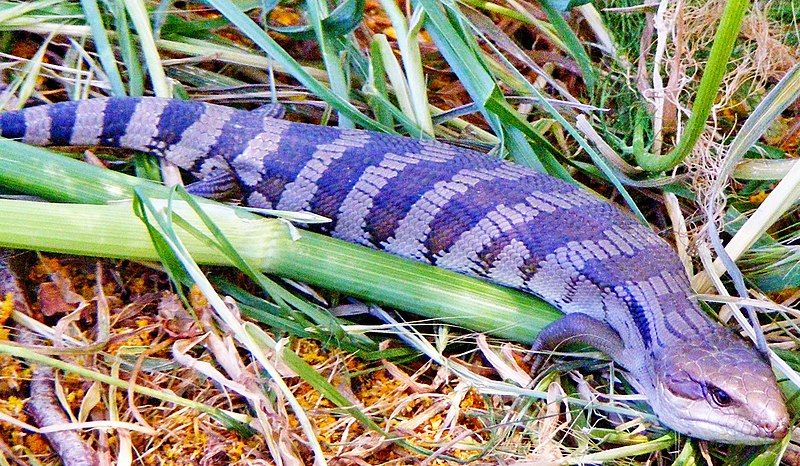 Please see Part I of this article for notes on other aspects of skink care (temperature, light, etc.) and taxonomy. Read More »
Please see Part I of this article for notes on other aspects of skink care (temperature, light, etc.) and taxonomy. Read More »
Category Archives: Breeding
Feed SubscriptionBreeding the Green and Gold Bell Frog and Welcoming its “Extinct” Relative – Part 1
 Amphibian enthusiasts were thrilled with the recent announcement that Australia’s Gold Spotted Bell Frog (Litoria castanea), feared extinct for the past 30 years, still survives in the South Tablelands area of New South Wales. Some years ago I bred a related species, the Green and Gold Bell Frog, L. aurea, (pictured here) at the Bronx Zoo – hopefully the lessons learned by myself and others working with that species will prove useful in the current Gold Spotted Bell Frog recovery effort. Read More »
Amphibian enthusiasts were thrilled with the recent announcement that Australia’s Gold Spotted Bell Frog (Litoria castanea), feared extinct for the past 30 years, still survives in the South Tablelands area of New South Wales. Some years ago I bred a related species, the Green and Gold Bell Frog, L. aurea, (pictured here) at the Bronx Zoo – hopefully the lessons learned by myself and others working with that species will prove useful in the current Gold Spotted Bell Frog recovery effort. Read More »
Breeding the Rosy Boa
Spring is in the air in the Northern Hemisphere, and snake keepers are busy preparing for another breeding season. Species that range into temperate regions are especially likely to be stimulated to reproduce as the seasons change. For those interested in boas, I highly recommend working with North America’s beautiful Rosy Boa (Lichanura trivirgata). Small, hardy and live-bearing, this gem among constrictors is a great choice for both first- time and advanced breeders. Read More »
First Completely Monogamous Amphibian Identified – the Mimic Poison Frog
 Genetic research has revealed that a fairly well-studied frog has been hiding an astonishing secret – pairs form lifelong pair bonds and remain faithful to one another. Equally surprising is the fact that pool size alone (and not morality!) seems responsible for the fidelity shown by Mimic Poison Frog (Ranitomeya imitator) couples. These findings, to be published in an upcoming issue of The American Naturalist, illustrate the second “first” for this species (please see below). Read More »
Genetic research has revealed that a fairly well-studied frog has been hiding an astonishing secret – pairs form lifelong pair bonds and remain faithful to one another. Equally surprising is the fact that pool size alone (and not morality!) seems responsible for the fidelity shown by Mimic Poison Frog (Ranitomeya imitator) couples. These findings, to be published in an upcoming issue of The American Naturalist, illustrate the second “first” for this species (please see below). Read More »
Breeding the Green Iguana – Indoor and Outdoor Nest Sites – Part 1
Those of you with a mature pair of Green Iguanas (Iguana iguana) may expect to see courtship behavior in February/March (Note: males may become aggressive at this time, please see article below). While these huge lizards can be quite a handful, captive breeding is a worthwhile experience that you’ll not soon forget.
If not provided a suitable nesting site, gravid females may retain their eggs, which can lead to serious illness and death. Having a suitable area to deposit eggs is thus critical to both good health and breeding success. Read More »
 That Reptile Blog – Reptile, Amphibian and Exotic Pet Care and Information
That Reptile Blog – Reptile, Amphibian and Exotic Pet Care and Information
